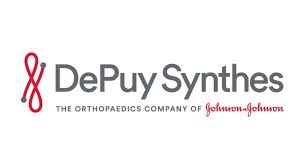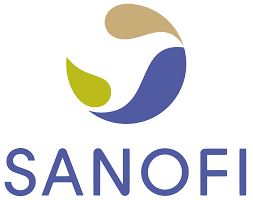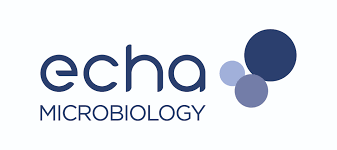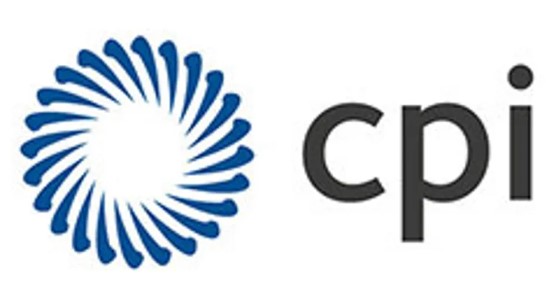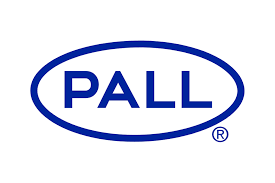Available Dates
If you would like to attend this course and it is not planned or full, please contact us or call us on 01642 222232 to make other arrangements.
Overview
This 1-Day Training Course on Qualification of Temperature-Controlled Transportation delivers a comprehensive review of the regulatory expectations, risk-based approaches, and practical steps for qualifying vehicles and cold-chain equipment in the pharmaceutical supply chain.
Targeted at professionals involved in distribution, logistics, quality assurance, and regulatory compliance, the course ensures understanding of how GDP principles safeguard medicine quality from manufacturer to patient. Learning focuses on both legal requirements and best practice implementation, fostering a culture of compliance and continuous improvement within pharmaceutical distribution.
Key outcomes include:
Understanding GDP regulations and their practical application in temperature-sensitive distribution.
Gaining insight into risk assessment, equipment qualification, and operational controls for cold-chain transport.
Developing the ability to ensure product integrity, patient safety, and regulatory trust throughout all stages of the distribution process.
CONTENT
Good Distribution Practice (GDP) Essentials
Covers the basics of GDP, including why it’s legally required, how it protects patient safety, and the necessity for maintaining medicine quality and integrity during storage and transport.
Key Regulatory Expectations
Reviews requirements and inspection focus from the MHRA, EMA/EU, FDA, and references best practice guides like ISPE. Emphasis is placed on vehicle qualification, mapping, and ongoing compliance.
GDP and Quality Management Systems
Explains how GDP integrates with the overall Quality Management System (QMS) to ensure both manufacture (GMP) and distribution (GDP) uphold quality and compliance.
Core Operational Controls for Storage and Transport
Highlights critical controls:
Proper storage and continuous temperature/humidity monitoring
Equipment suitability, calibration, and maintenance
Segregation, hygiene, traceability, documentation, and recall readiness
Risk Assessment and System Classification
Introduces risk-based thinking:
Classifying direct vs. non-direct impact systems
Using System Risk Assessment (SRA) to guide User Requirements Specification (URS) and qualification
Involving a multidisciplinary team, and documenting mitigation plans
User Requirements & Validation Steps
Outlines the qualification lifecycle for vehicles and cold chain systems:
Creating clear URS, informed by risk assessment
Key qualification steps: DQ, IQ, OQ, PQ, including temperature mapping under worst-case (empty/full load, seasonal) scenarios
Types of Controlled Temperature Equipment
Explains essential equipment and their qualification (refrigerators, freezers, cold rooms, reefers, phase change material systems).
Best Practices for Loading and Monitoring
Summarises appropriate loading for airflow, temperature uniformity, placement and calibration of data loggers, and importance of independent monitoring systems.
Ongoing Monitoring & Requalification
Covers SOPs, record review, maintaining calibration, and requalification after major changes or observed trends.
Documentation and Compliance
Stresses robust documentation, traceability, and audit readiness for both equipment qualification and transport operations.
